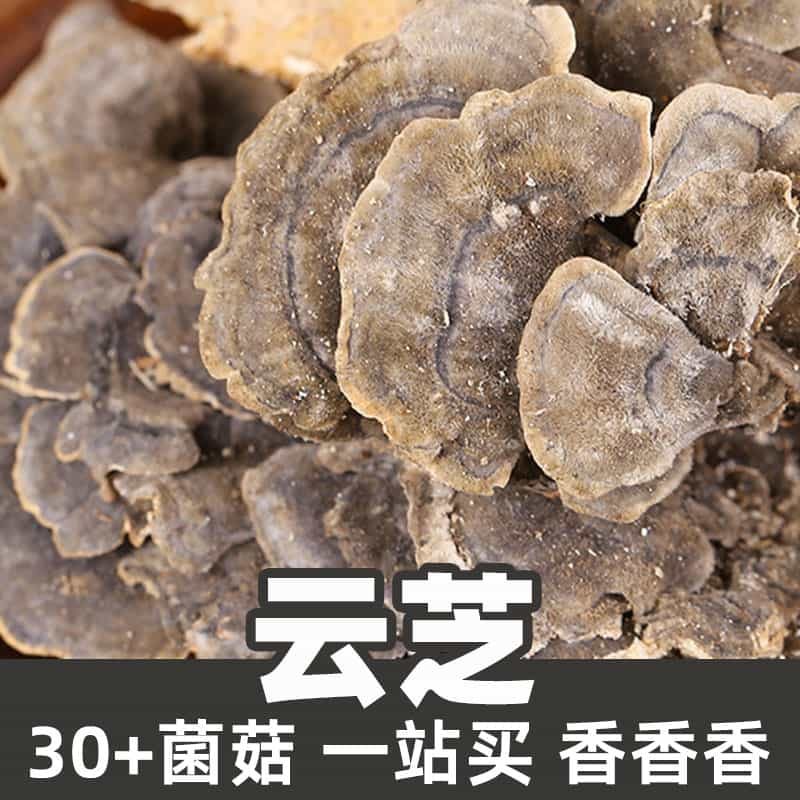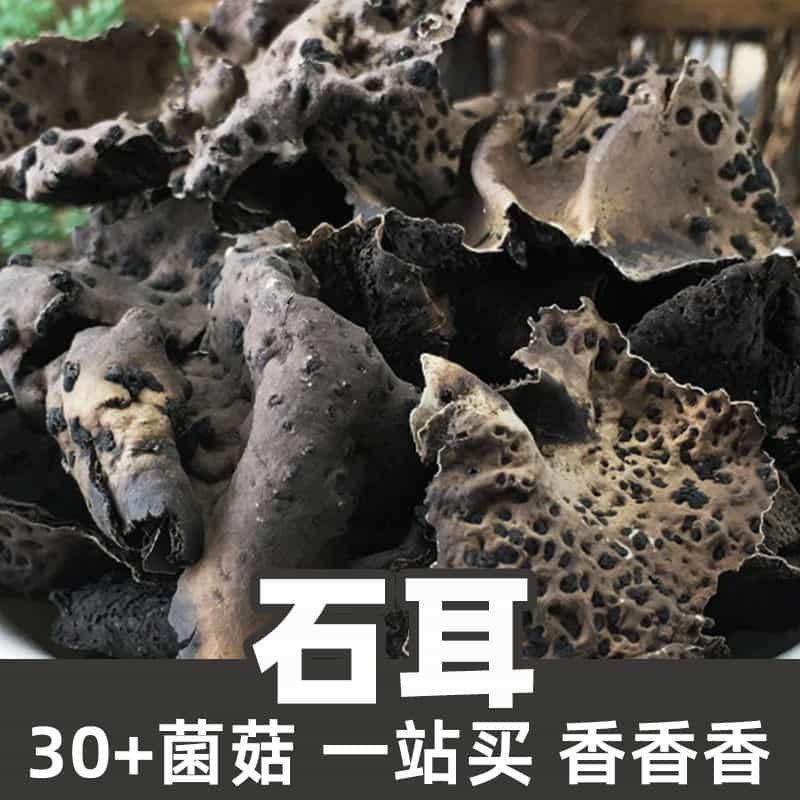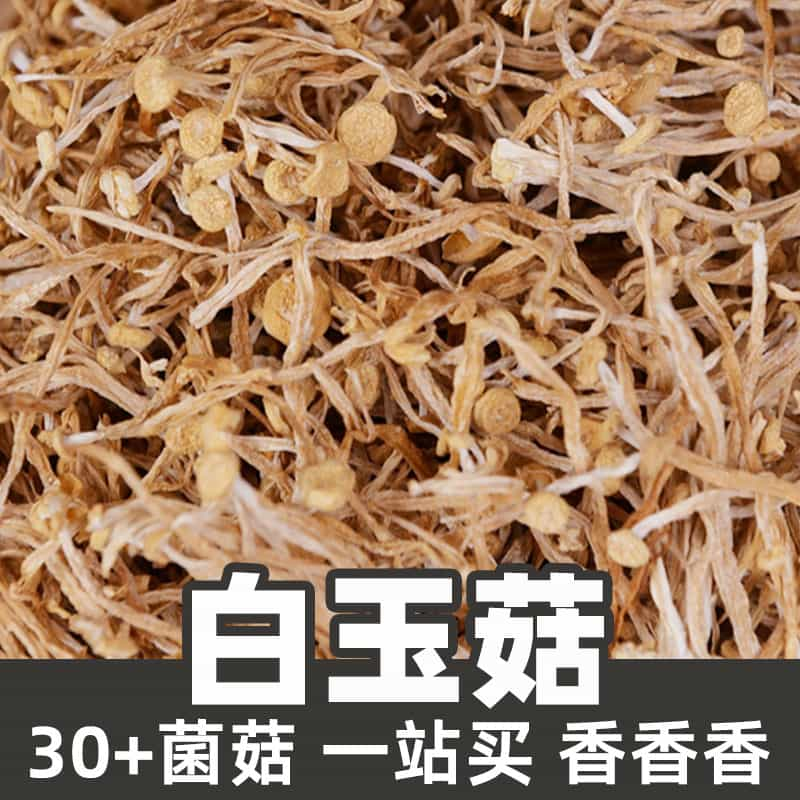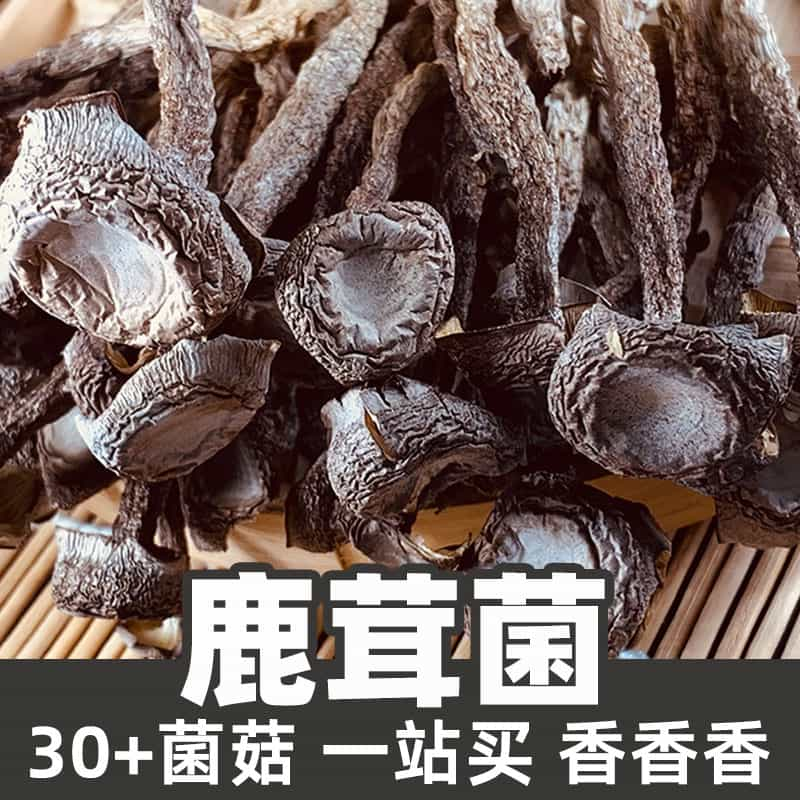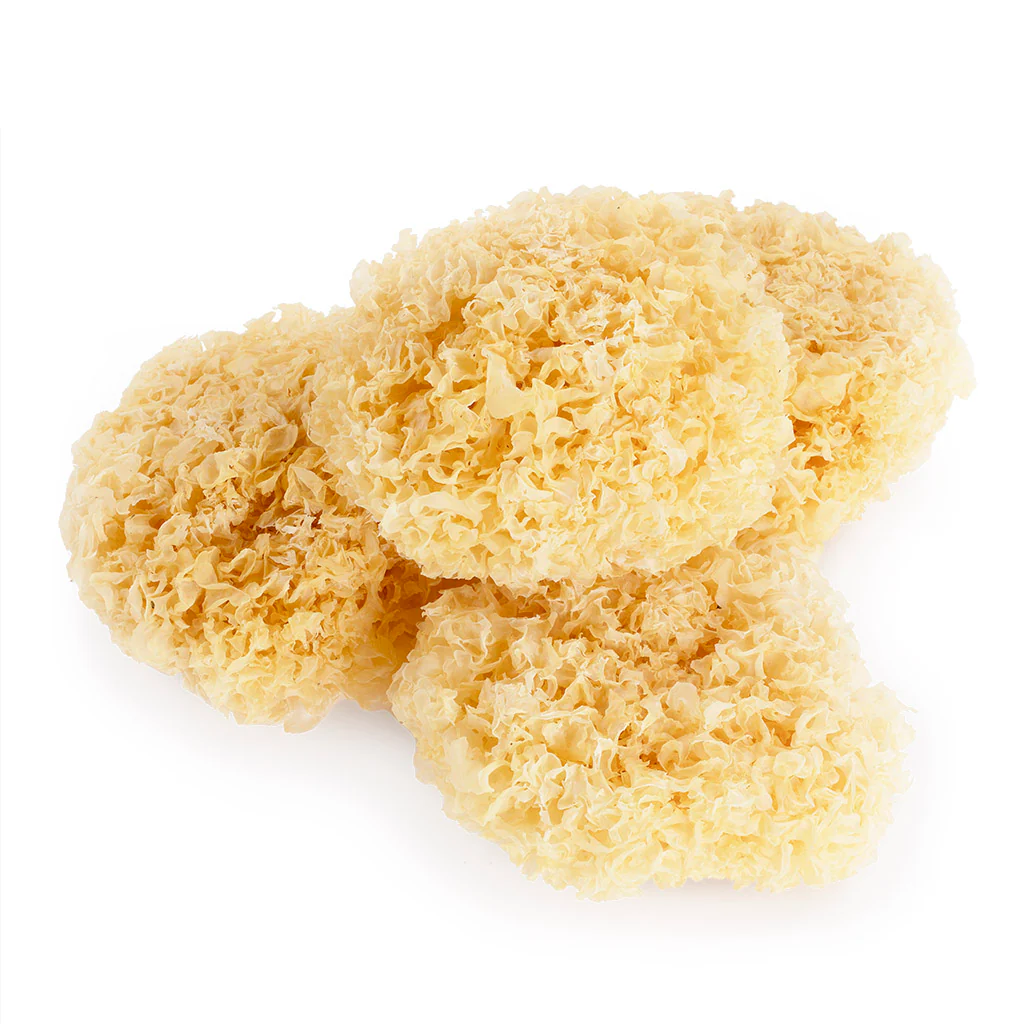Product Introduction
Naematelia aurantialba is a unique species of mushroom known for its captivating orange and white coloration. This fungal organism thrives in organic-rich environments and is often linked to forest soils. Traditionally, it has been used in various cultures for its potential health benefits and culinary applications. The mushroom is an important component of several traditional recipes, appreciated not just for its taste but also for its nutritional contributions. It is recognized for its bioactive compounds, which are believed to support overall wellness. Researchers have shown interest in studying its properties, leading to increased popularity in health and nutrition sectors. Its versatile nature allows it to be enjoyed in different dishes, including soups and stir-fries, while also being explored for use in supplements aimed at enhancing health.
Nutritional Composition
Naematelia aurantialba contains several key active ingredients that contribute to its healthful reputation. Polysaccharides, known for their immune-boosting properties, are prevalent in this mushroom, helping to enhance the body's defenses against various pathogens. This mushroom also contains significant amounts of β-glucans, a type of soluble fiber that has been linked to improved heart health and enhanced immune response. Additionally, phenolic compounds found in Naematelia aurantialba act as antioxidants, neutralizing harmful free radicals in the body. These compounds work synergistically to provide potential anti-inflammatory benefits as well. In terms of vitamins and minerals, Naematelia aurantialba offers a range of essential nutrients, including various B vitamins, vitamin D, and minerals like potassium and selenium. This nutritional profile makes it a valuable addition to a balanced diet, potentially supporting overall health and wellness.
Application Scenarios
Naematelia aurantialba finds various applications across multiple fields thanks to its appealing properties. In culinary settings, the mushroom is appreciated for its unique flavor and texture, making it a sought-after ingredient in gourmet dishes. Chefs often incorporate it into sauces and pasta, where its flavor can shine without overpowering other ingredients. Beyond its culinary uses, Naematelia aurantialba has been explored within traditional medicine for its potential health benefits. It's often included in herbal remedies aimed at promoting well-being and strengthening the immune system. Furthermore, there is growing interest in utilizing this mushroom in the nutraceutical industry, where it can be processed into capsules or powders for dietary supplements. Research is ongoing to better understand its health effects and to validate traditional uses with scientific evidence. Its diverse applications make Naematelia aurantialba a versatile mushroom with promising potential in both food and health sectors.
Growth Environment and Geographic Distribution
Naematelia aurantialba typically grows in temperate forest ecosystems, favoring well-drained, nutrient-rich soils. This mushroom can be found in areas with high organic matter, often associated with decaying plant material or wood. It thrives in environments where moisture levels are adequate, as too dry conditions can inhibit its growth. Geographically, Naematelia aurantialba is primarily distributed in regions with temperate climates, including parts of North America, Europe, and parts of Asia. It often appears in late summer to early autumn when conditions for growth are optimal, such as after rainfall. Knowledge about its specific habitat requirements and distribution patterns is essential for both foragers and researchers looking to study this mushroom or assess its ecological role.
Harvesting, Processing, and Storage
Harvesting Naematelia aurantialba requires a careful approach to ensure sustainability and maintain the quality of the mushrooms. Foragers should use a knife to cut the mushroom at the base rather than pulling it from the ground to avoid damaging the mycelium underground. Once harvested, the mushrooms should be cleaned gently to remove dirt but not rinsed with water, as moisture can lead to spoilage. Processing can involve drying to enhance shelf life; this is typically done by slicing the mushrooms and using a dehydrator or air drying in a well-ventilated area. Once dried, they can be stored in airtight containers away from light and humidity. Fresh Naematelia aurantialba can also be stored in a refrigerated environment, ideally in a paper bag to allow for airflow, which helps to prevent moisture buildup. Proper handling ensures that this unique mushroom retains its nutritional value and flavor, allowing it to be enjoyed in various dishes or further processed into health products.
Monica Sun is a seasoned expert in the natural raw materials industry, with over a decade of experience specializing in traditional Chinese medicinal herbs, spices, and fungi. She is skilled in the sourcing, processing, and application of these materials, emphasizing sustainability and innovation. Monica Sun has contributed to the development of high-quality natural raw materials that serve as essential components in functional foods, pharmaceuticals, and cosmetics, delivering tailored solutions to meet diverse market needs.









